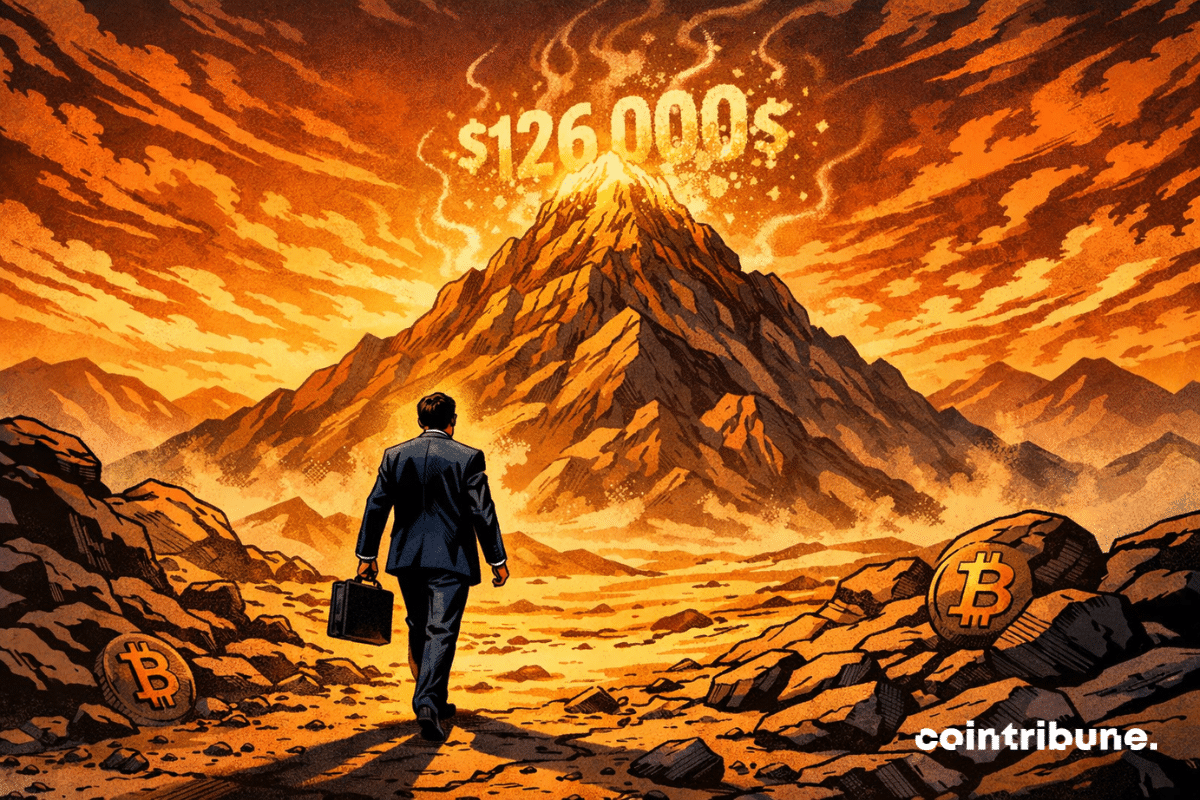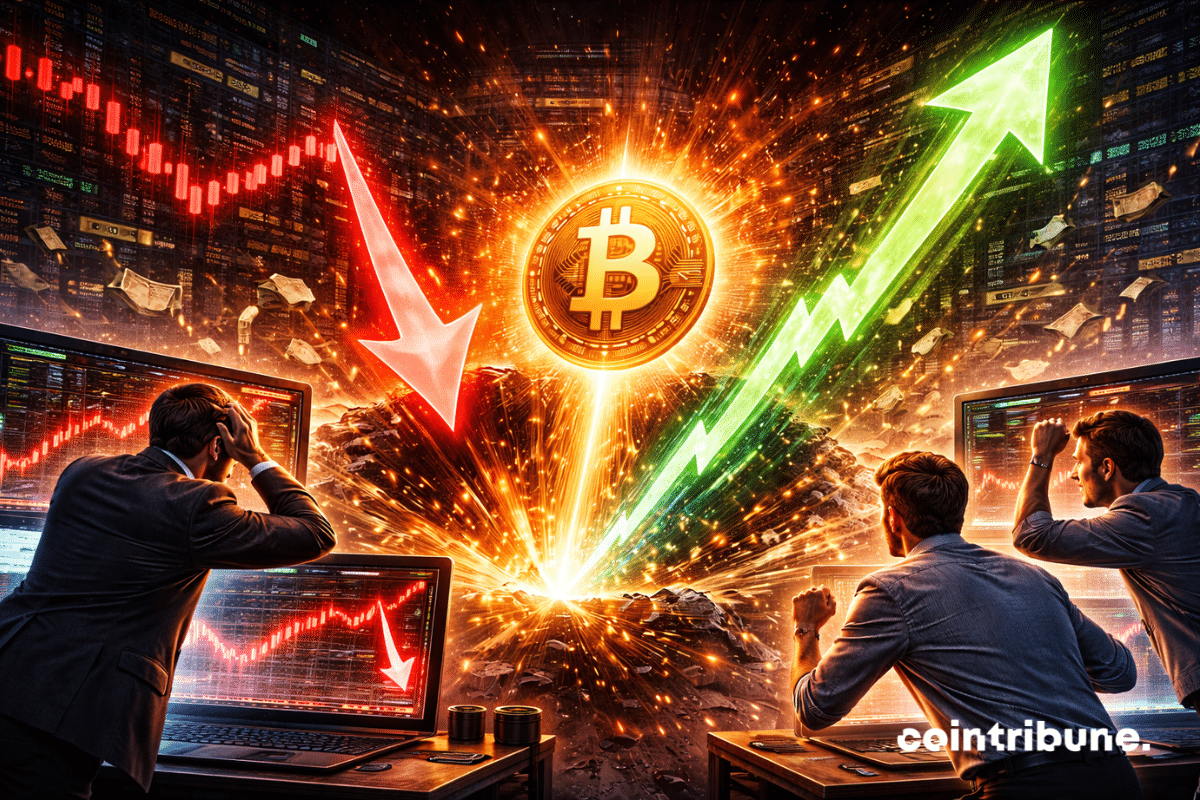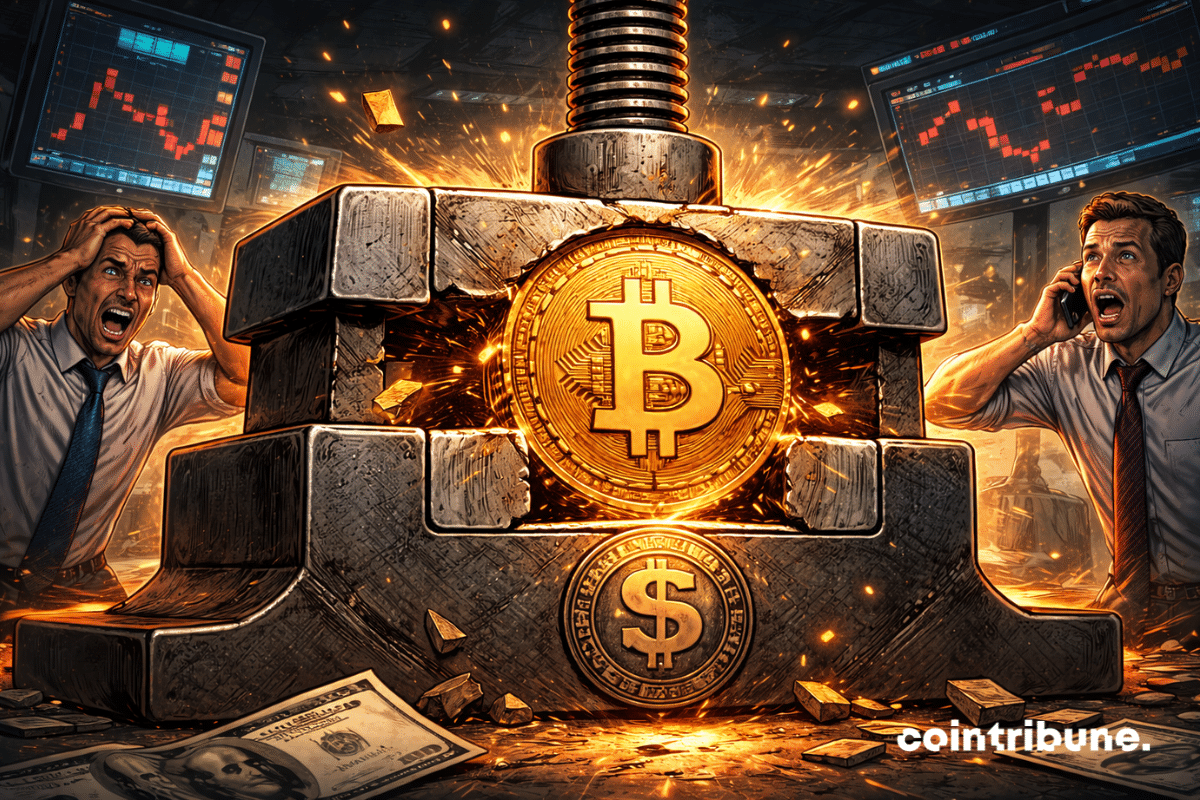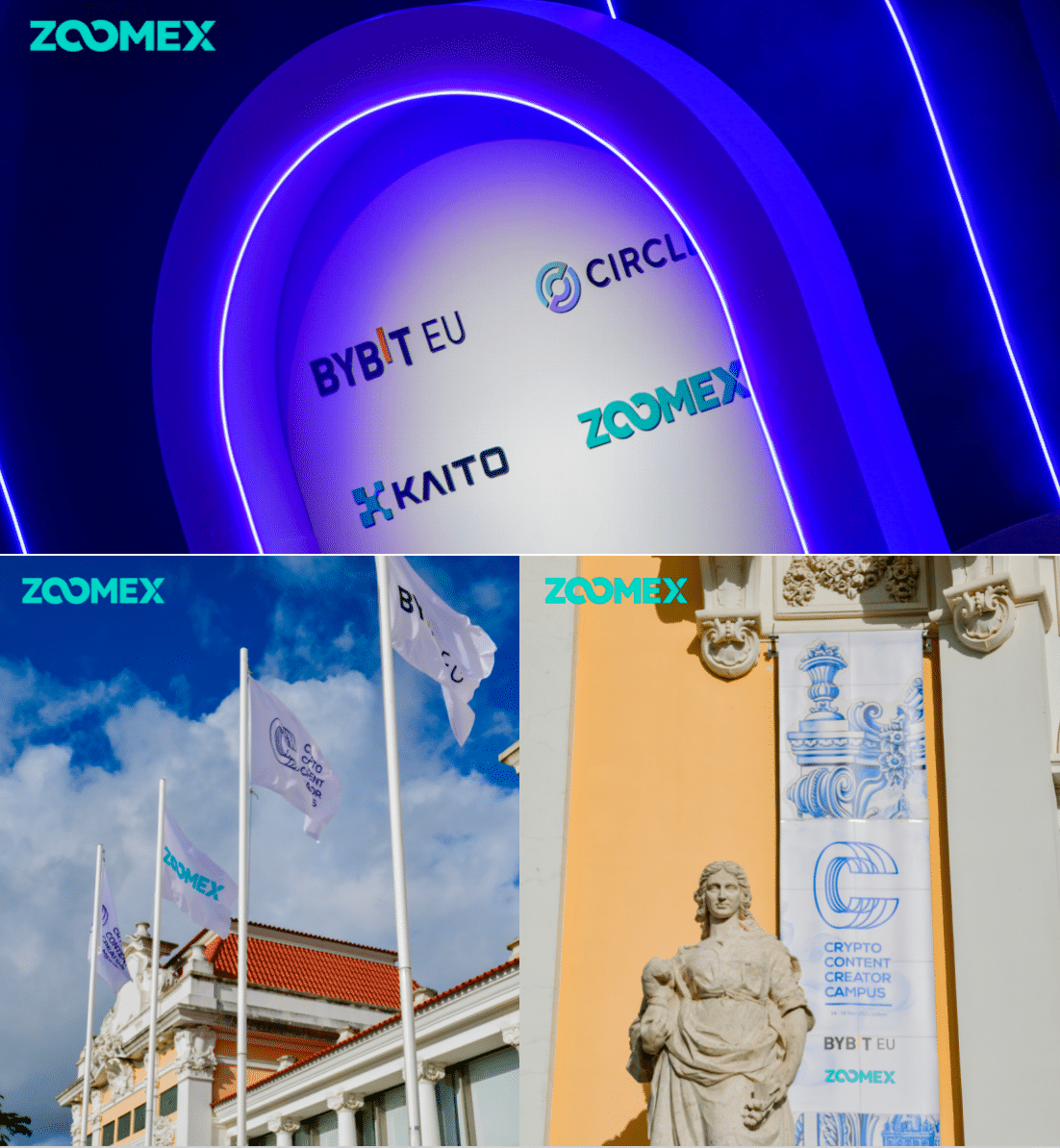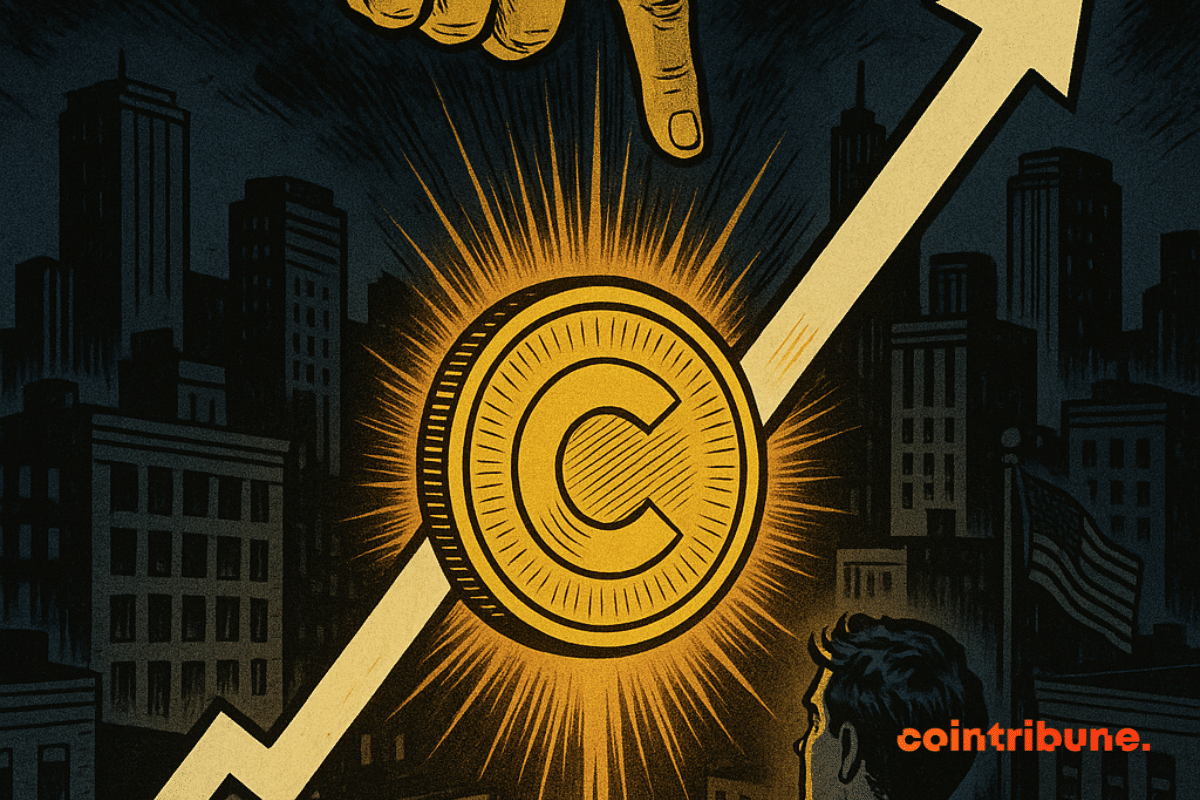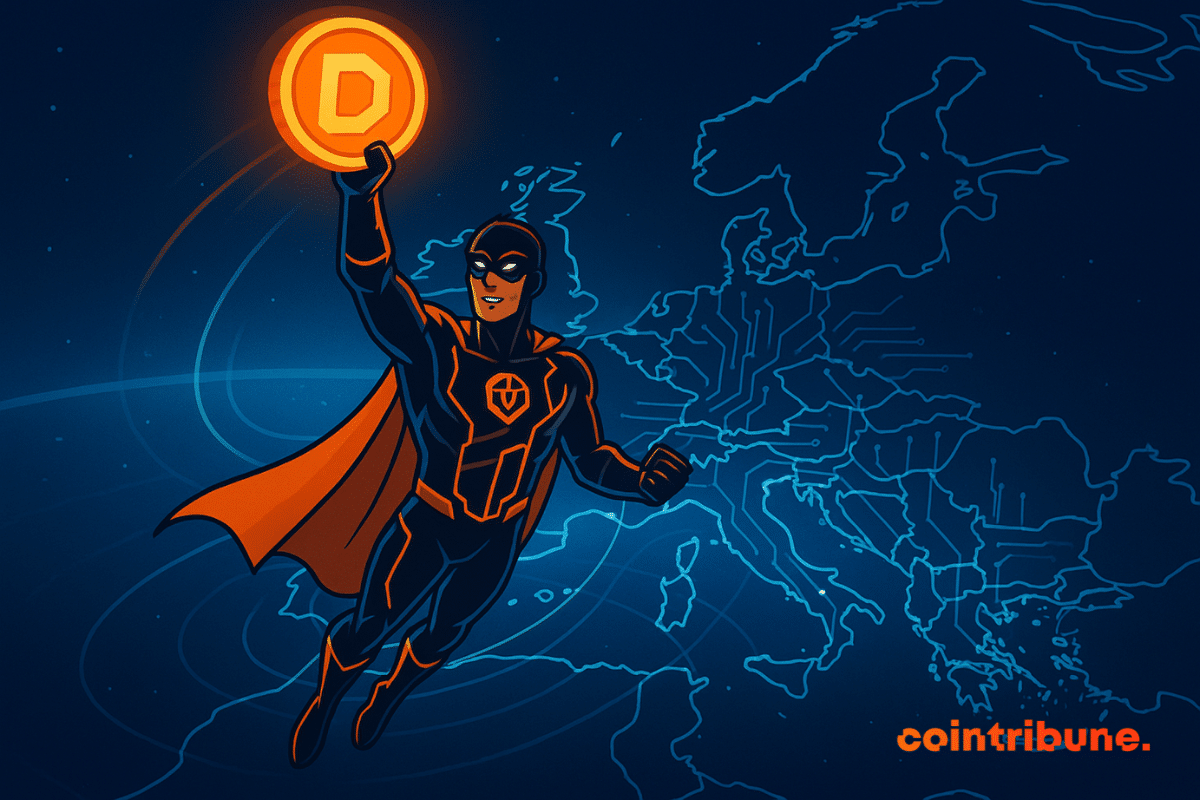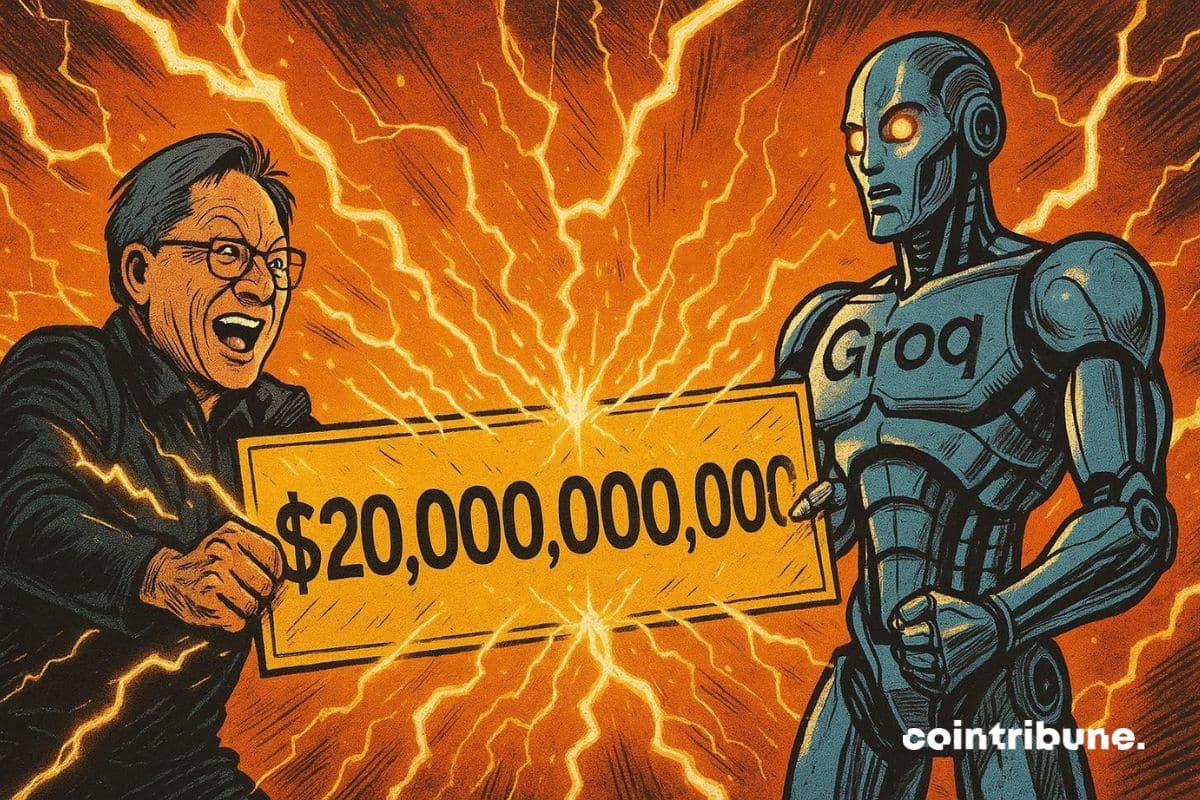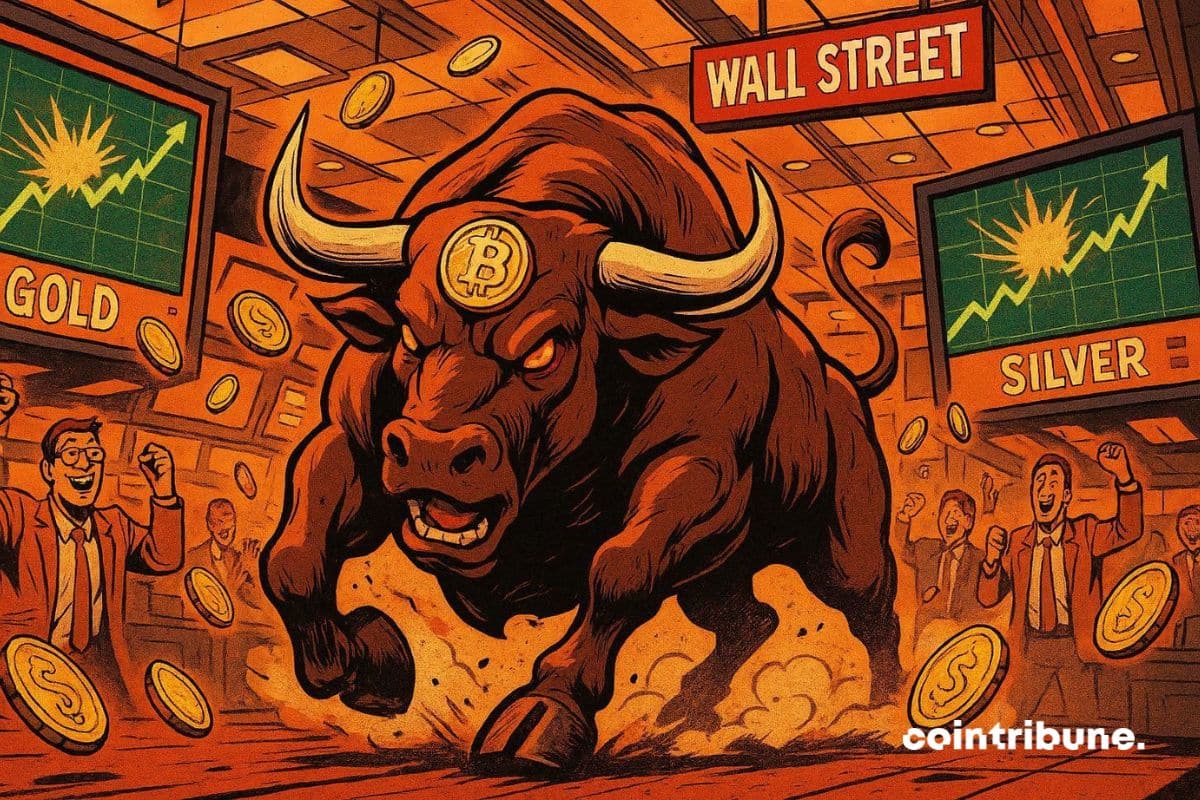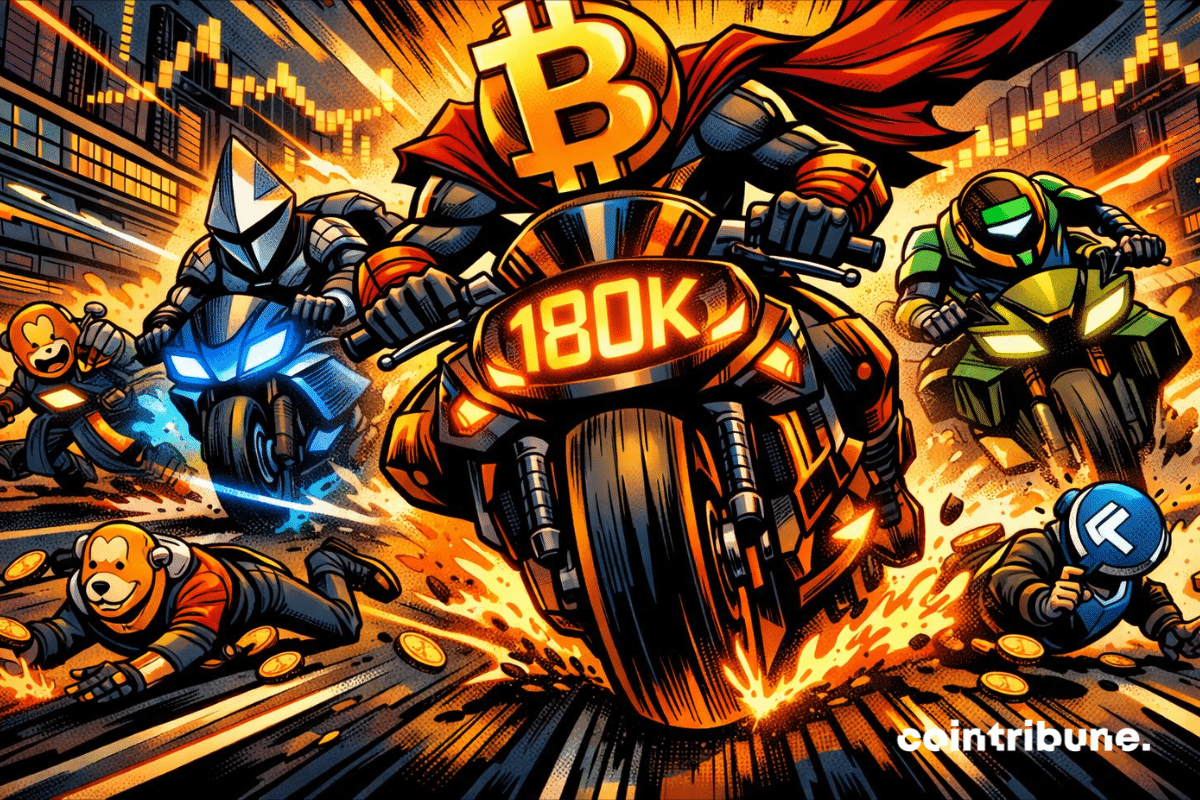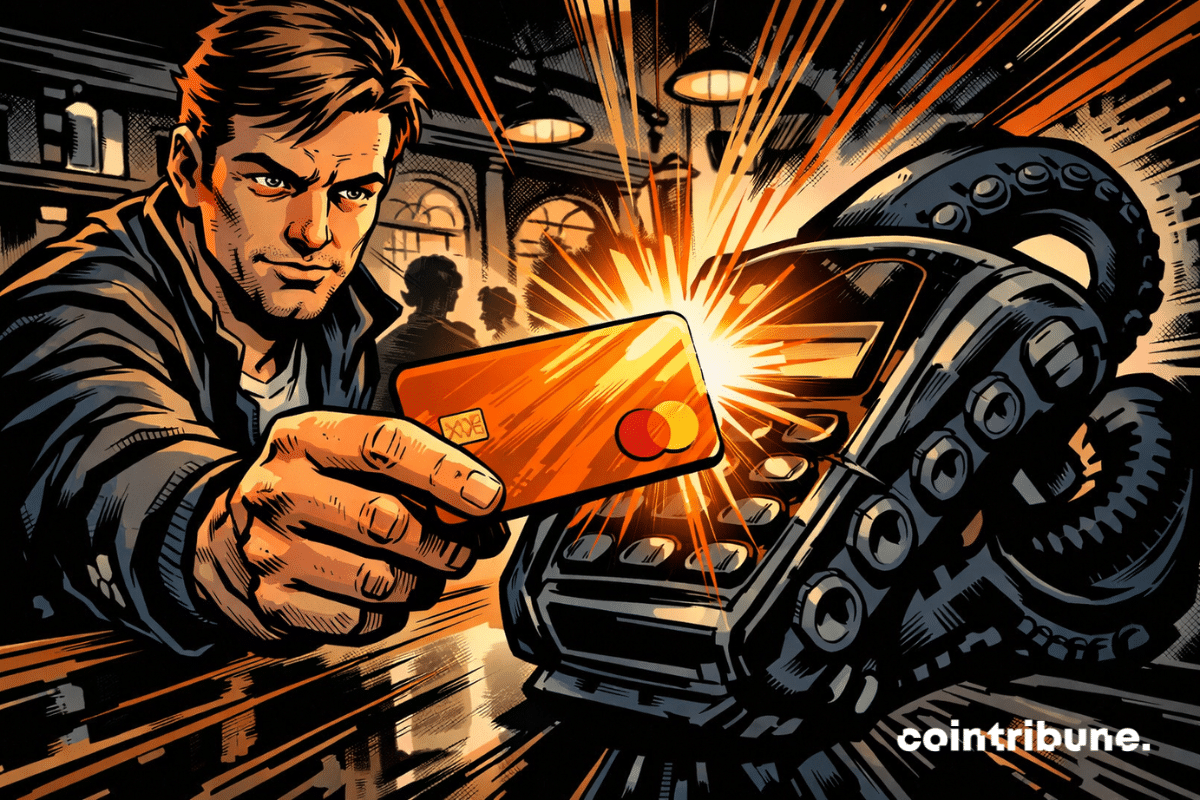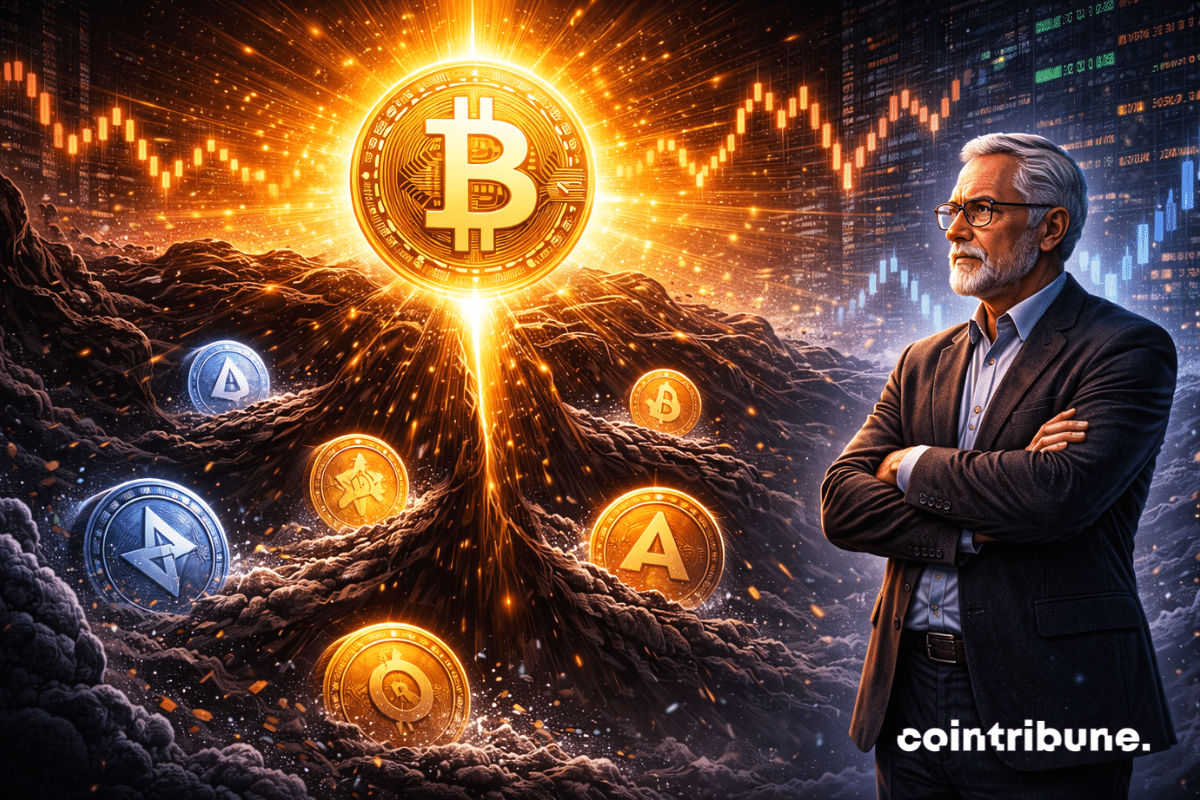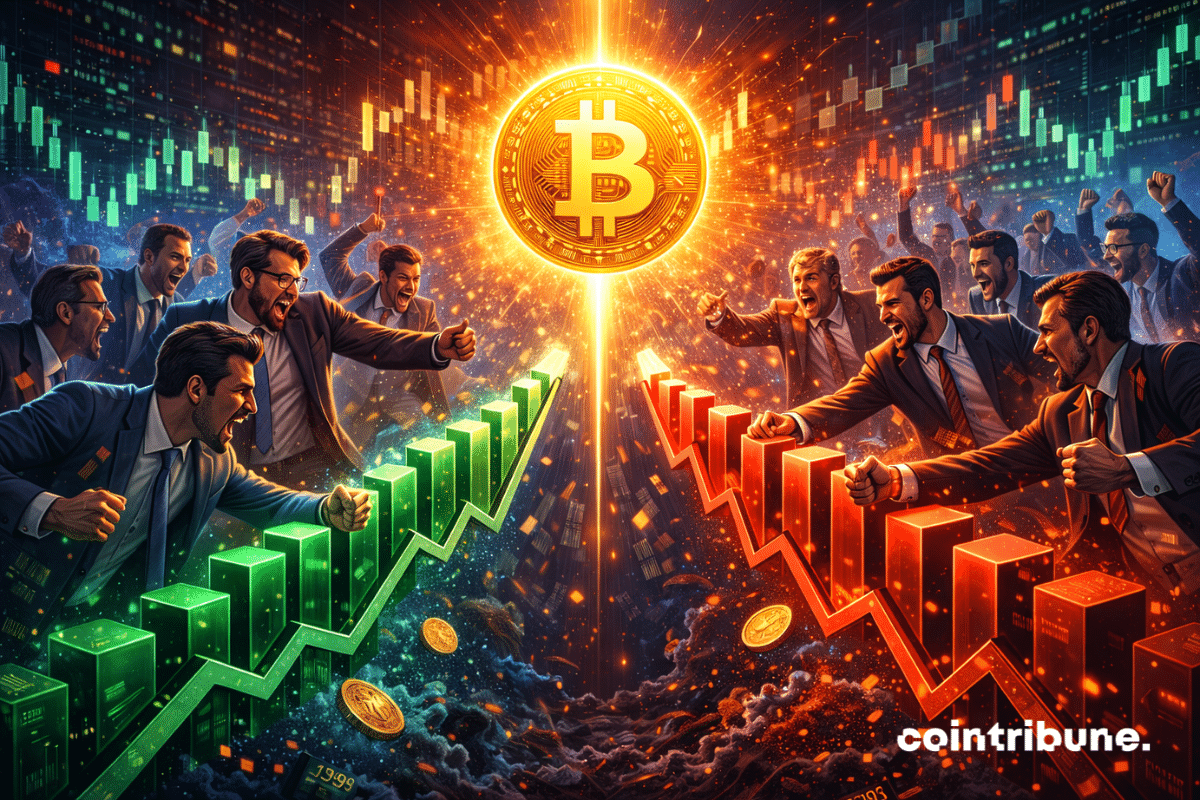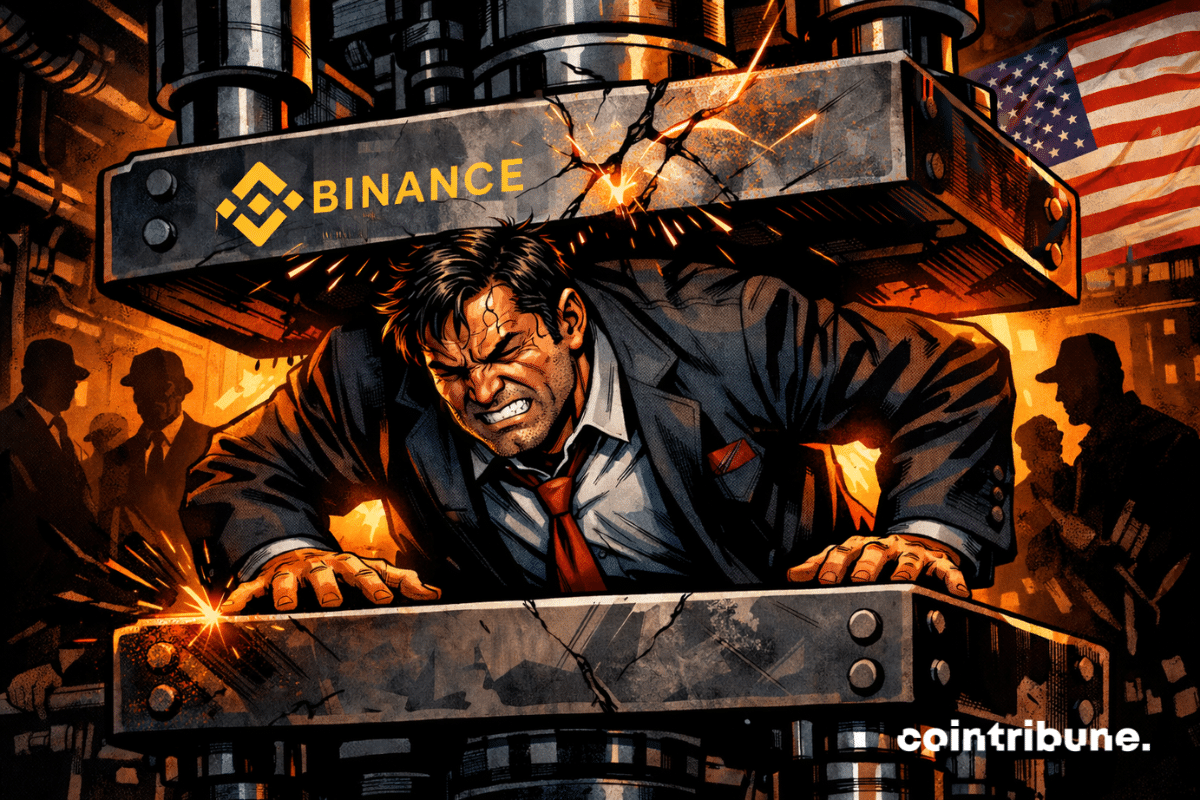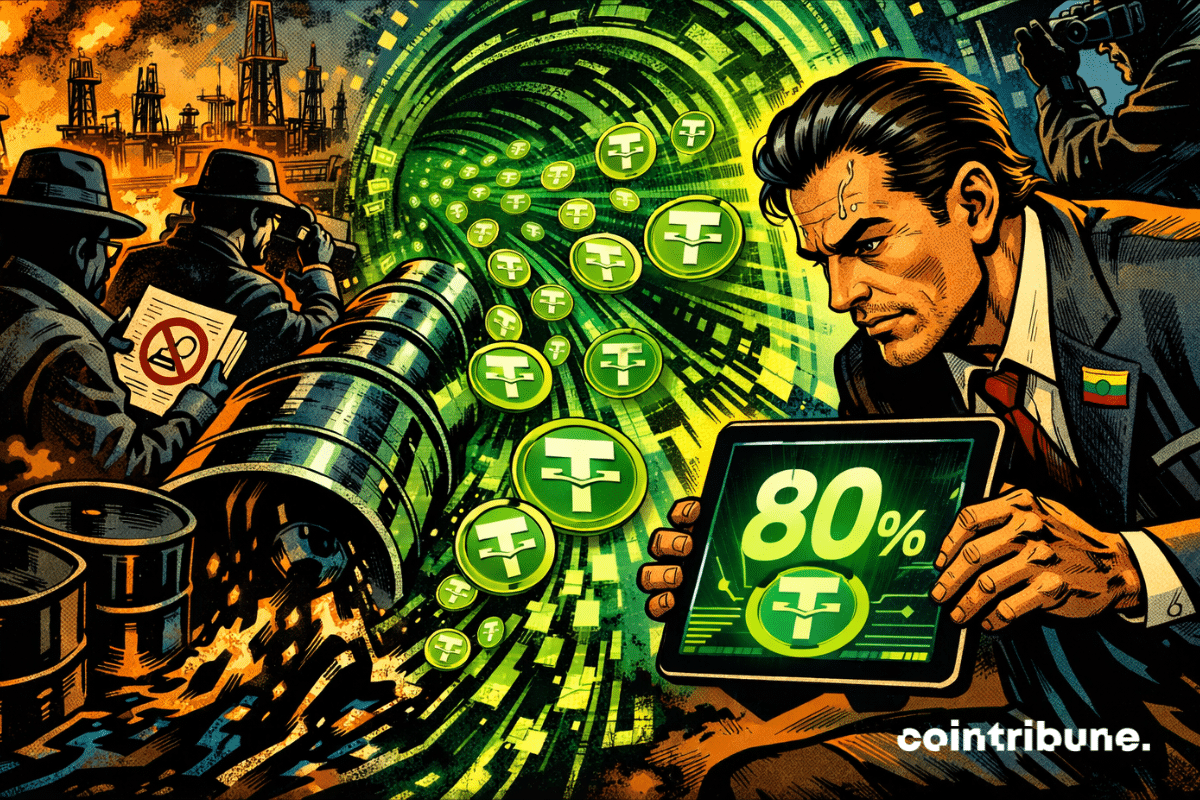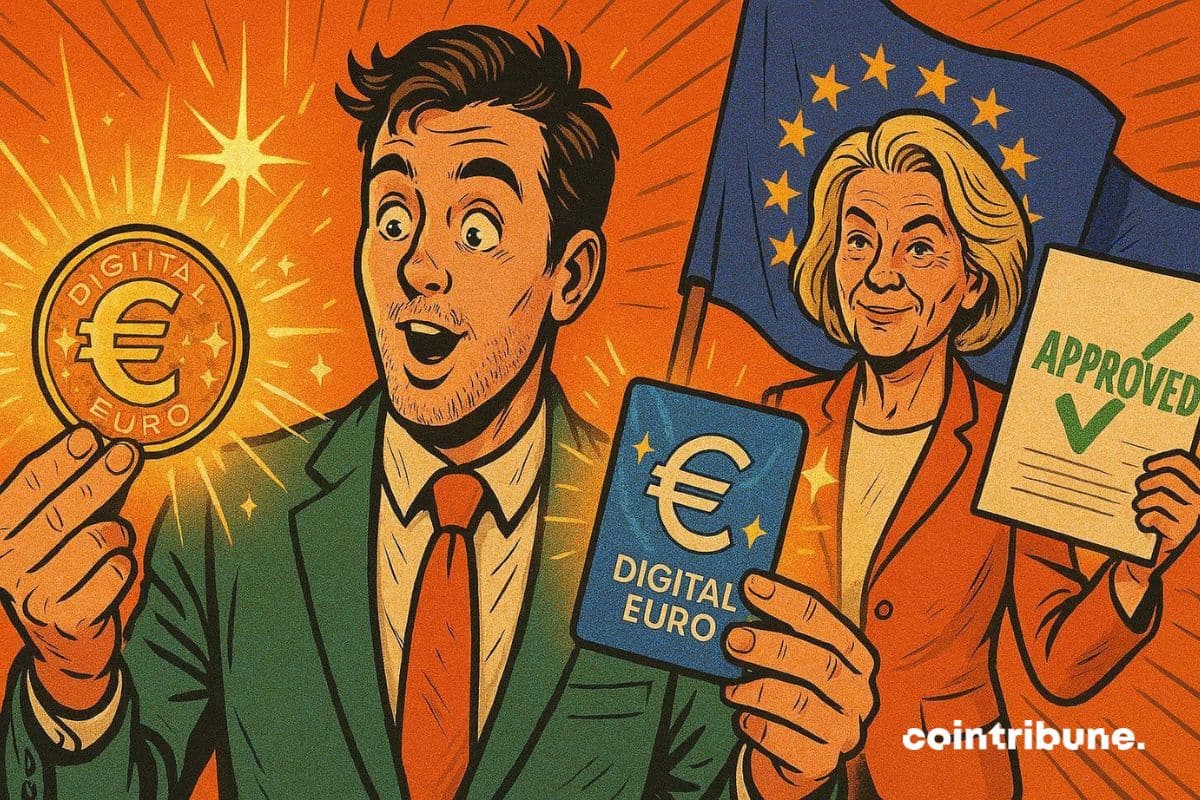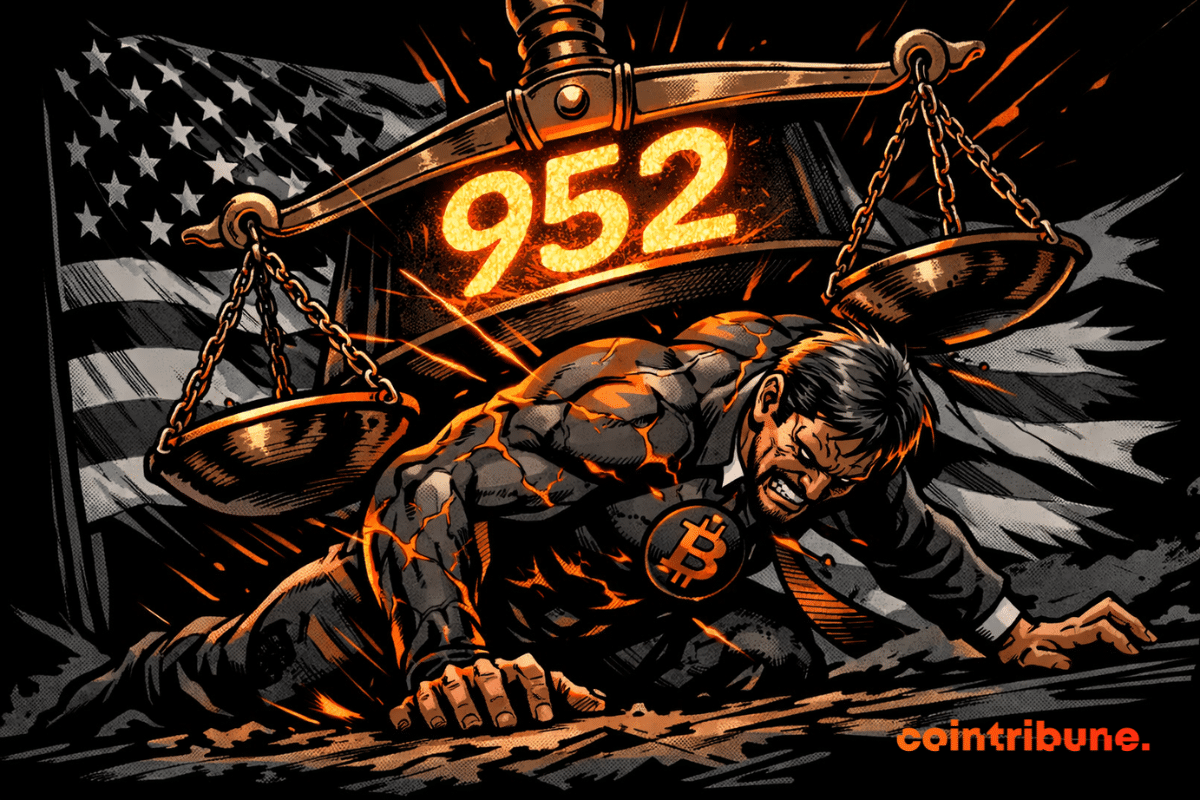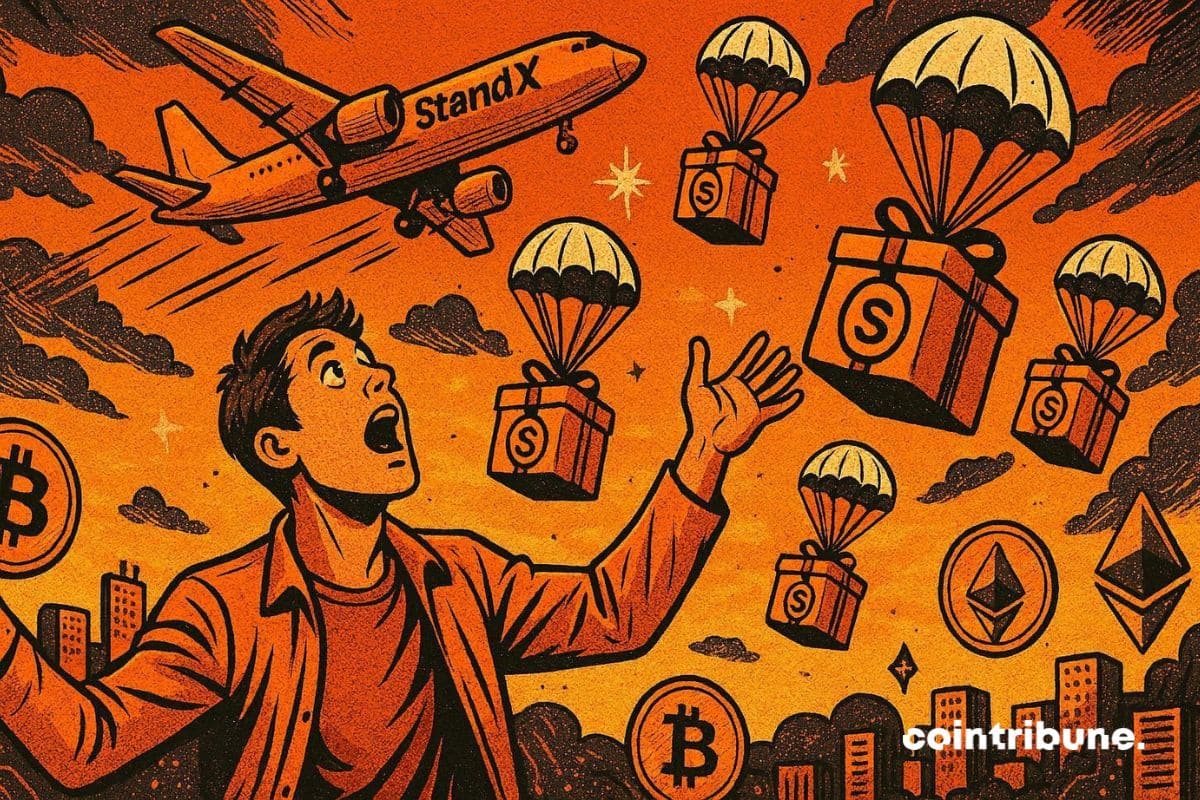On December 25, bitcoin briefly dropped to 24,000 USD on Binance's USD1 pair before rapidly returning to more usual levels. Such an unexpected move raises questions about the stability of low liquidity pairs and risk management on trading platforms. In a rapidly evolving crypto market, this incident reveals challenges related to liquidity and regulation.
Nvidia has just signed a $20 billion check to acquire Groq's assets, an AI gem with chips 10 times faster. This historic acquisition will reshape the semiconductor market and impact even cryptocurrencies. Analysis of a masterstroke that could change everything, from data centers to investor portfolios.
The expiration of Ethereum options worth 6 billion dollars this Friday could mark a key turning point for the crypto market. This event triggers major stakes for traders and investors, as the crypto price could be subject to decisive pressure. If the market fails to stabilize, a sharp price reassessment could follow, with notable short-term consequences.
In a crypto market undergoing upheaval, whale accumulation of Ether is gaining momentum. Despite a price that remains below $3,000, this trend, combined with a reduction in supply on exchanges, could trigger a significant price movement. Meanwhile, long positions on derivative contracts are multiplying, adding further pressure on the market.
Gold nears $4,500, silver exceeds $71. Facing this rush for precious metals, cryptos position themselves as a modern alternative. Will Bitcoin and altcoins benefit from this trend? Analysis of correlations, forecasts, and strategies for investing in this booming market.
Polymarket has just confirmed that a security flaw affected certain user accounts. It indicates that a vulnerability related to a third-party authentication provider allowed unauthorized access and resulted in losses for several victims. The platform states it has fixed the problem and indicates there is no longer any persistent risk.
Bitcoin and Ethereum are seeing ongoing ETF outflows as institutional investors pull back, signaling cautious sentiment and weaker market momentum.
The American economy beats forecasts, but Peter Schiff warns of a flaw that could cause everything to collapse. Details here!
El Salvador is once again under scrutiny as talks with the International Monetary Fund advance over its Bitcoin strategy. Although negotiations to sell the state-run Chivo Bitcoin wallet are nearing completion, disagreements persist over continued government Bitcoin purchases. Public statements by President Nayib Bukele continue to conflict with IMF conditions under a major loan agreement.
Altcoins may slow next year as Bitcoin and top cryptos are expected to draw most investor attention, leaving smaller tokens behind.
The exchange Kraken officially launched the Krak Card on November 25, 2025, a Mastercard debit card allowing spending of more than 400 cryptocurrencies and fiat currencies. Available for residents of the European Union and the United Kingdom, this card is part of Kraken's strategy to position itself as an alternative to traditional banks.
Bitcoin plunges, IBIT takes off, and BlackRock cashes in. A contrarian strategy turning an ETF into a billion-dollar magnet. Skeptics laugh, but the numbers respond.
The trajectory of bitcoin is marked by cycles of rapid rises and dizzying falls. However, when will it reach its next peak? Peter Brandt, a recognized analyst, provides a bold answer: September 2029. His forecast reignites a crucial debate on the dynamics of crypto market cycles. However, beyond this deadline, the real question lies in the internal and external forces shaping these cycles. A thorough analysis of these factors is essential to understand bitcoin's future.
The crypto market, still as unpredictable as ever, enters a decisive phase at the end of the year. The open interest of Bitcoin perpetual contracts reaches new heights, fueling speculation about a possible year-end rally. According to Glassnode, this increase is accompanied by a doubling of funding rates, demonstrating growing trader confidence. However, this dynamic raises concerns. Special attention is needed in light of these speculative movements that could disrupt prices in the short term.
Despite a historic agreement with US authorities in 2023 and strict commitments against money laundering, Binance reportedly failed to block suspicious accounts. These accounts transferred colossal sums, raising serious questions about the real effectiveness of the controls in place.
Venezuela now relies on USDT for most of its oil revenue, helping sustain production and transactions despite ongoing sanctions.
Stealka malware targets browsers and crypto wallets, stealing data while disguised as game hacks and mods.
When Trump dreams of a crypto-compatible America, he appoints a former SEC member to the CFTC. Endorsed by Web3 stars, Michael Selig promises rules, not slaps. To be continued...
The digital euro arrives with a surprise: two versions, one online and one ultra-secure offline, close to cash. However, can it attract crypto enthusiasts and threaten the dollar? Analysis of the stakes, advantages, and challenges of this future currency, finally approved by the EU and the ECB.
Global crypto exchange-traded products (ETPs) saw a sharp pullback last week amid a return to regulatory uncertainty. New data from CoinShares shows investors withdrew nearly $1 billion, ending a three-week streak of inflows. Delays around the U.S. Clarity Act played a key role in weakening sentiment, especially among U.S.-based institutions. Market activity also pointed to rising caution around large holders and near-term policy risks.
While traditional markets slow down between Christmas and New Year, the digital derivatives ecosystem is preparing to absorb a major technical shock. Indeed, this Friday will see the expiration of 27 billion dollars worth of options on Bitcoin and Ethereum, concentrated on the Deribit platform. A crypto version of Boxing Day, both feared and closely watched.
JPMorgan Chase, one of the world's largest banks, takes a bold step towards crypto by exploring the introduction of trading services for its institutional clients. This development comes amid regulatory changes in the United States, even prompting the most conservative financial institutions to reassess their approach to these assets. Such a decision could well redefine the relationship between traditional finance and this ecosystem.
In an unstable crypto market, Strategy, one of the largest holders of Bitcoin, raised $747.8 million by selling shares, while suspending its BTC purchases. This decision highlights a desire to secure its finances amid market volatility. A strong signal for the crypto ecosystem, which could influence other companies adopting similar strategies.
Do you want to benefit from StandX airdrops without wasting time? Here are 3 simple steps to accumulate points with DUSD, provide liquidity, or trade perpetual contracts.
Aave, a pillar of DeFi, is faltering under the weight of a controversial decision. Far from the technical debates about yield or innovations in smart contracts, it is governance that crystallizes the tensions. A rushed vote on the transfer of the protocol's brand assets to the DAO was launched without consensus, provoking a strong reaction within the community. Between accusations of forcing the issue and criticism of the transparency of the process, the crisis exposes the fragility of a model often cited as an example.




